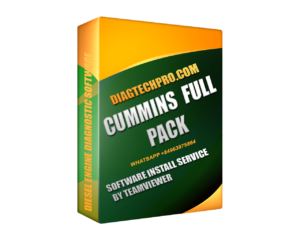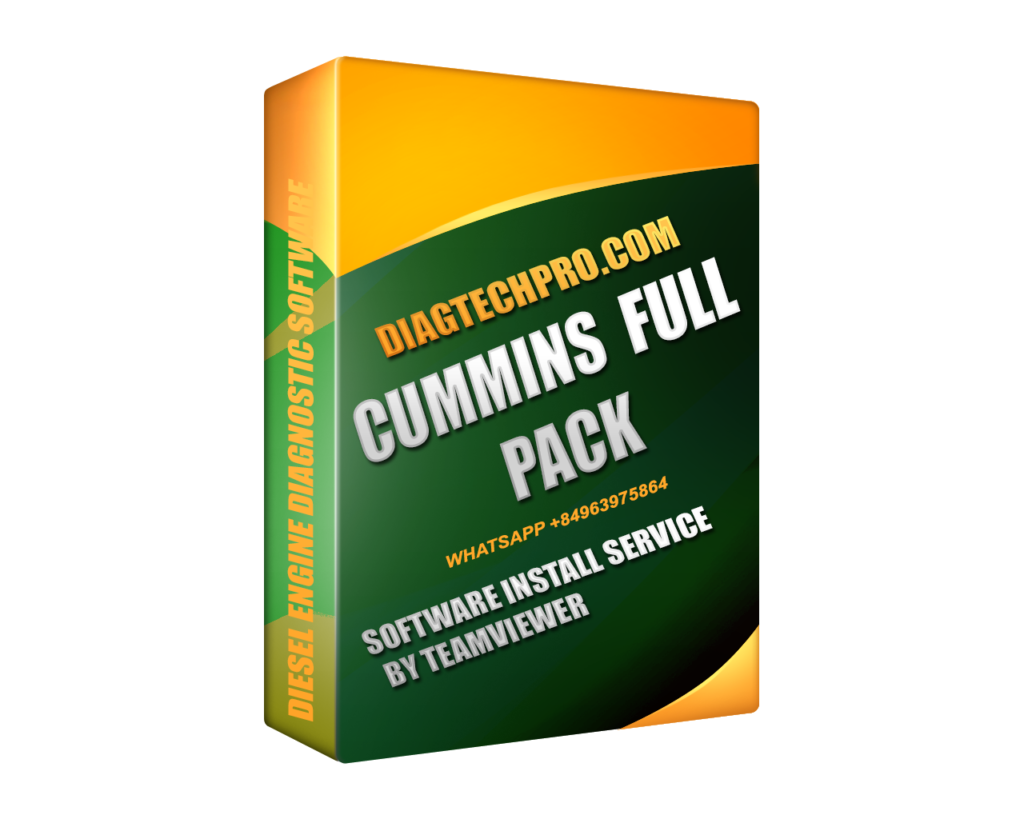What Is the Cummins Pack?
The Cummins Pack refers to the integrated system of engine components designed to optimize performance, durability, and emissions compliance. While configurations may vary depending on the engine model (ISX, X15, QSB, etc.), a typical Cummins Pack includes:
-
Piston
-
Turbocharger
-
ECM (Engine Control Module)
-
Fuel Pump
-
Fuel Injectors
-
Intercooler
-
Air Filter
-
EGR System (Exhaust Gas Recirculation)
-
DPF (Diesel Particulate Filter)
-
SCR (Selective Catalytic Reduction)
1. Piston – The Heart of Combustion
Role: The piston is responsible for compressing the air-fuel mixture and transmitting the force of combustion to the crankshaft via the connecting rod.
How It Works:
Inside each cylinder, the piston moves up and down rapidly. When the fuel-air mixture ignites (either via compression or spark, depending on the engine type), it creates a small explosion that forces the piston downward, generating mechanical energy. That energy is transferred to the crankshaft, which then powers the drivetrain.
Importance in Cummins Engines:
Cummins pistons are designed with heat resistance and strength in mind, typically made from high-strength aluminum alloys and coated for durability under high pressure.
2. Turbocharger – Power Through Air Compression
Role: The turbocharger forces more air into the combustion chamber, increasing engine efficiency and power output.
How It Works:
Driven by exhaust gases, the turbine inside the turbo spins at high speeds (up to 150,000 RPM), compressing incoming air and pushing it into the intake manifold. More air allows for more fuel combustion, thus more power.
Cummins Optimization:
Cummins engines often feature Variable Geometry Turbochargers (VGTs) that adjust turbine vanes to optimize airflow at different engine speeds, improving throttle response and reducing turbo lag.

3. ECM (Engine Control Module) – The Digital Brain
Role: The ECM manages all engine operations including fuel injection timing, air-fuel ratio, emissions control, and diagnostics.
How It Works:
Sensors throughout the engine (temperature, pressure, RPM, etc.) send real-time data to the ECM. It processes this information and sends commands to actuators like fuel injectors and turbo vanes. This allows for precise control of engine behavior.
Why It Matters:
The ECM ensures maximum fuel efficiency, performance, and emissions compliance. It can also trigger fault codes and diagnostics, crucial for maintenance.
4. Fuel Pump – Delivering Fuel at the Right Pressure
Role: The fuel pump delivers diesel from the tank to the fuel rail or injectors under high pressure.
How It Works:
Modern Cummins engines often use high-pressure common rail (HPCR) systems. The fuel pump pressurizes fuel (up to 30,000 PSI) and stores it in the rail, ready for injection. Pressure and timing are controlled by the ECM.
Advantages in Cummins Engines:
This system allows for precise, multiple injections per cycle, improving combustion, reducing noise, and lowering emissions.
5. Fuel Injectors – Precision Injection
Role: Injectors spray fuel into the combustion chamber at the exact right moment and quantity.
How It Works:
Each injector is electronically controlled by the ECM. Timing and spray pattern are critical – even minor deviations can affect performance or cause engine knock.
Cummins Engineering:
Cummins injectors are built to high tolerances and are optimized for multiple injections per cycle, which enhances combustion and improves fuel economy.
6. Intercooler – Cooling the Compressed Air
Role: Reduces the temperature of compressed air from the turbocharger before it enters the engine.
Why It’s Important:
Cooler air is denser and holds more oxygen. This leads to better combustion, more power, and reduced NOx emissions.
Cummins Design:
Heavy-duty intercoolers are designed to withstand high pressures and thermal stress while ensuring efficient cooling.
7. Air Filter – Clean Air Intake
Role: Removes dust, debris, and contaminants from the air entering the engine.
Why It’s Crucial:
Dirty air can cause premature wear, clog injectors, and reduce engine efficiency. Cummins filters are high-efficiency, often featuring multiple filtration stages.
8. EGR System – Exhaust Gas Recirculation
Role: Recirculates a portion of exhaust gas back into the intake to reduce nitrogen oxide (NOx) emissions.
How It Works:
By diluting the air-fuel mixture with inert gases, combustion temperatures drop, which lowers NOx formation.
Cummins Integration:
The EGR system is controlled by the ECM and works in tandem with sensors to optimize flow based on load and speed.
9. DPF (Diesel Particulate Filter) – Capturing Soot
Role: Traps particulate matter (soot) from the exhaust stream before it’s released into the atmosphere.
Function:
Over time, the filter becomes saturated and undergoes regeneration – a process that burns off the accumulated soot using heat.
Cummins Advantage:
Cummins DPFs are engineered for long life and optimized regeneration cycles, reducing downtime.
10. SCR (Selective Catalytic Reduction) – Cutting NOx Emissions
Role: Converts nitrogen oxides (NOx) into harmless nitrogen and water using DEF (Diesel Exhaust Fluid).
How It Works:
DEF is injected into the exhaust stream before it passes through a catalyst. A chemical reaction converts harmful NOx gases.
Cummins Implementation:
Cummins’ aftertreatment systems integrate the SCR and DPF for total emissions control that complies with EPA and Euro standards.
Putting It All Together: How the Cummins Pack Works as a System
Each component of the Cummins Pack works in harmony:
-
Air is filtered and compressed by the turbocharger.
-
Fuel is precisely delivered and injected into the cylinder.
-
The ECM manages timing and pressure.
-
Combustion pushes the pistons to generate power.
-
Exhaust gases pass through EGR, DPF, and SCR to reduce pollution.
This integrated system ensures that Cummins engines are:
-
Powerful
-
Fuel-efficient
-
Environmentally compliant
-
Easy to diagnose and maintain
Final Thoughts
Understanding how the Cummins Pack works gives insight into the engineering excellence behind Cummins engines. Whether you’re a technician, fleet operator, or just a diesel enthusiast, knowing the role of each component can help you make smarter decisions regarding maintenance, upgrades, and troubleshooting.
With proper care, the Cummins Pack ensures that your engine runs smoothly, efficiently, and meets stringent emissions standards—keeping your vehicle or machinery on the road for the long haul.

